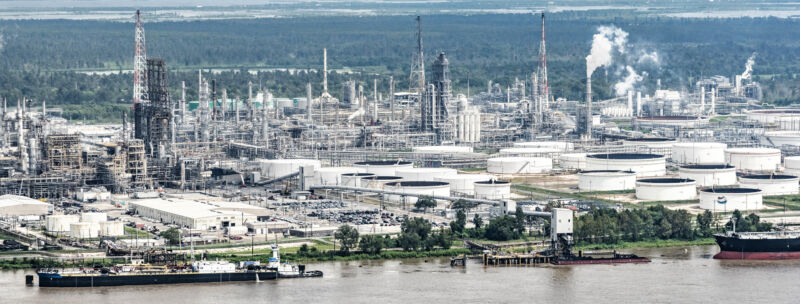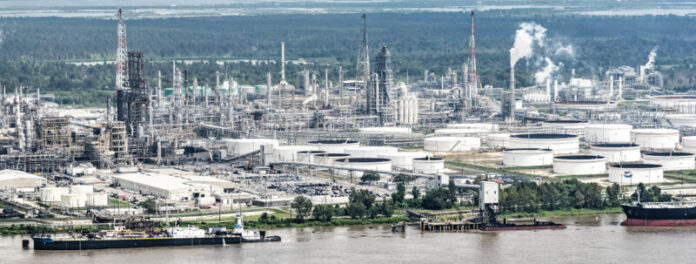
Enlarge / An oil refinery in Louisiana. Facilities such as this have led to a proliferation of petrochemical plants in the area. (credit: Art Wager)
On Tuesday, the US Environmental Protection Agency announced new rules that are intended to cut emissions of two chemicals that have been linked to elevated incidence of cancer: ethylene oxide and chloroprene. While production and use of these chemicals takes place in a variety of locations, they're particularly associated with an area of petrochemical production in Louisiana that has become known as "Cancer Alley."
The new regulations would require chemical manufacturers to monitor the emissions at their facilities and take steps to repair any problems that result in elevated emissions. Despite extensive evidence linking these chemicals to elevated risk of cancer, industry groups are signaling their opposition to these regulations, and the EPA has seen two previous attempts at regulation set aside by courts.
Dangerous stuff
The two chemicals at issue are primarily used as intermediates in the manufacture of common products. Chloroprene, for example, is used for the production of neoprene, a synthetic rubber-like substance that's probably familiar from products like insulated sleeves and wetsuits. It's a four-carbon chain with two double-bonds that allow for polymerization and an attached chlorine that alters its chemical properties.
Read 12 remaining paragraphs | Comments
Ars Technica - All contentContinue reading/original-link]




